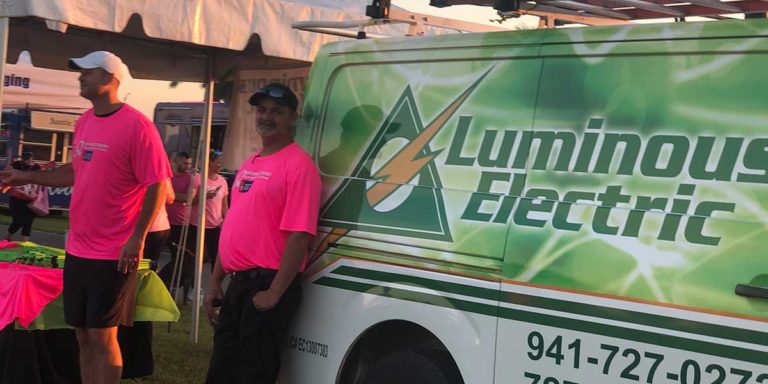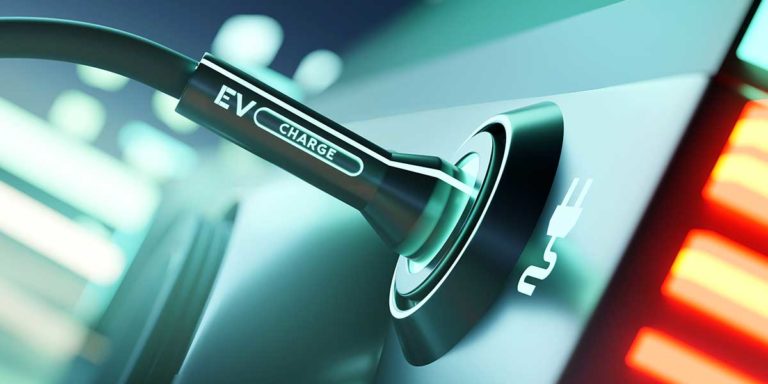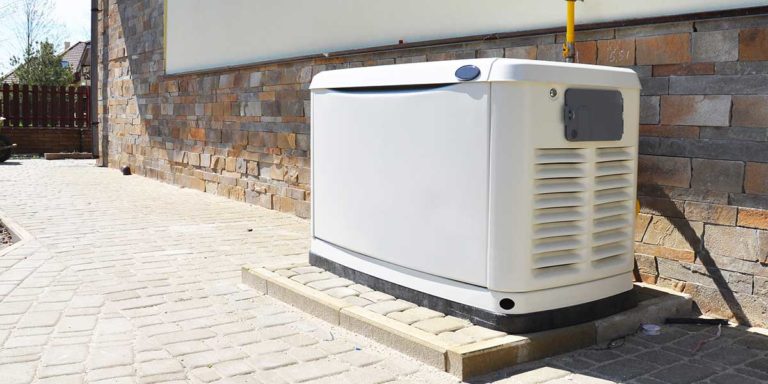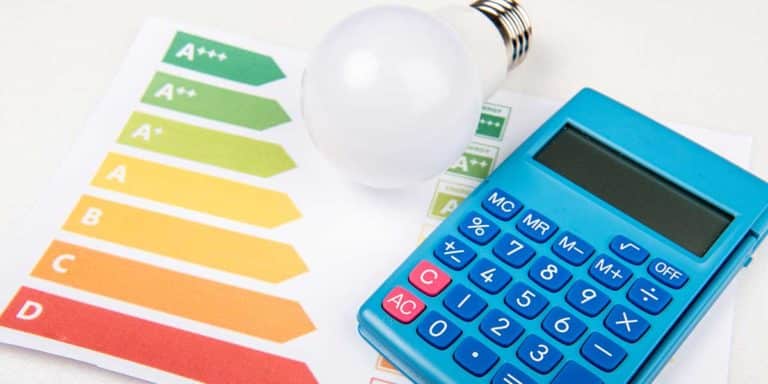How Do In-Home Charging Stations Work?
Are you wondering how car charging stations work? When you have an electric vehicle (EV), it must be plugged into an outlet, much like your cell phone, tablet or laptop, to recharge the battery. In order to make electric cars convenient, manufacturers supply charging cords that can be plugged into any 120-volt home outlet, which is a standard wall outlet. However, standard 120-volt outlets will only add 3 to 4 miles of range to your vehicle for every hour it’s plugged in. If you want a faster charge, you’ll want to consider installing an at-home charging station.
What Is an At-Home Charging Station
When you plug your electric vehicle into a wall socket or an outlet on the exterior of your home or in your garage, you are plugging it into what the manufacturers consider a Level 1 charging station. Since Level 1 charging is so slow, many homeowners opt to install Level 2 charging stations in their garages or driveways. These are dedicated 220-volt outlets, and they can charge most electric vehicles (EVs) in a few hours versus a few days.
What Are the Components of a Home EV Charger?
At-home EV charging stations consist of a power supply, charging connector, control unit and a charging cable. Some charging stations may also come with a display.
Power Supply
When we talk about an EV power supply, we’re talking about a similar unit as the one in your computer or laptop. It’s the spot where the machine receives current from the electrical grid. Your at-home charging station will be wired into a dedicated 240-volt circuit in your electrical panel.
Charging Connector and Socket
Your EV charging station will contain a socket and a charging connector that fits into that socket. In the US, Canada and Japan, that connector type is called an SAE J1772. It has five prongs. This connector typically works for all EV vehicles except Tesla. Teslas use their own proprietary charging connectors called Telsa NACS. However, Tesla owners can purchase adapters so that they can charge on SAE J1772 systems.
Control Unit
In order to operate safely, your EV charging stations will need a control unit. This unit monitors the flow of electricity to the vehicle as well as the charging process to make sure the car is charging safely and efficiently.
Charging Cable
The charging cable is the cord that you plug into your charging station and into your EV to facilitate the charging process. This is exactly how you would charge any of your other portable electronic devices. You plug the cord into the EV charging station then plug the other end into your EV and leave it in place until your car is fully charged or you need to drive your car.
Display Unit
Display units are typically an optional add-on for your charging station. If you choose to have one installed, your EV charging station will have a screen that displays the time left to charge, charging rate and the amount of electricity your vehicle has used so far during the charging session.
Safety Features
In addition to the functional components of your charging station, it will also come with several safety features in order to help prevent overloading and electrical fires or other electrical hazards. The safety features may include GFCIs, OCPDs and surge protection.
Getting an At-Home Charging Station From Luminous Electric in Florida
If you own an Ev and want faster charging than what is possible from just plugging your charging cord into a wall socket, consider getting a Level -2 charging station installed by our qualified electricians at Luminous Electric in Florida. We can install charging stations where you most commonly park your vehicle, whether that’s in your drive, under a carport or in your garage.
To learn more about our charging stations and to schedule an appointment, call us today at 941-727-0272.







